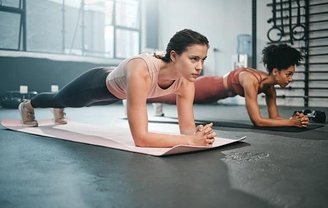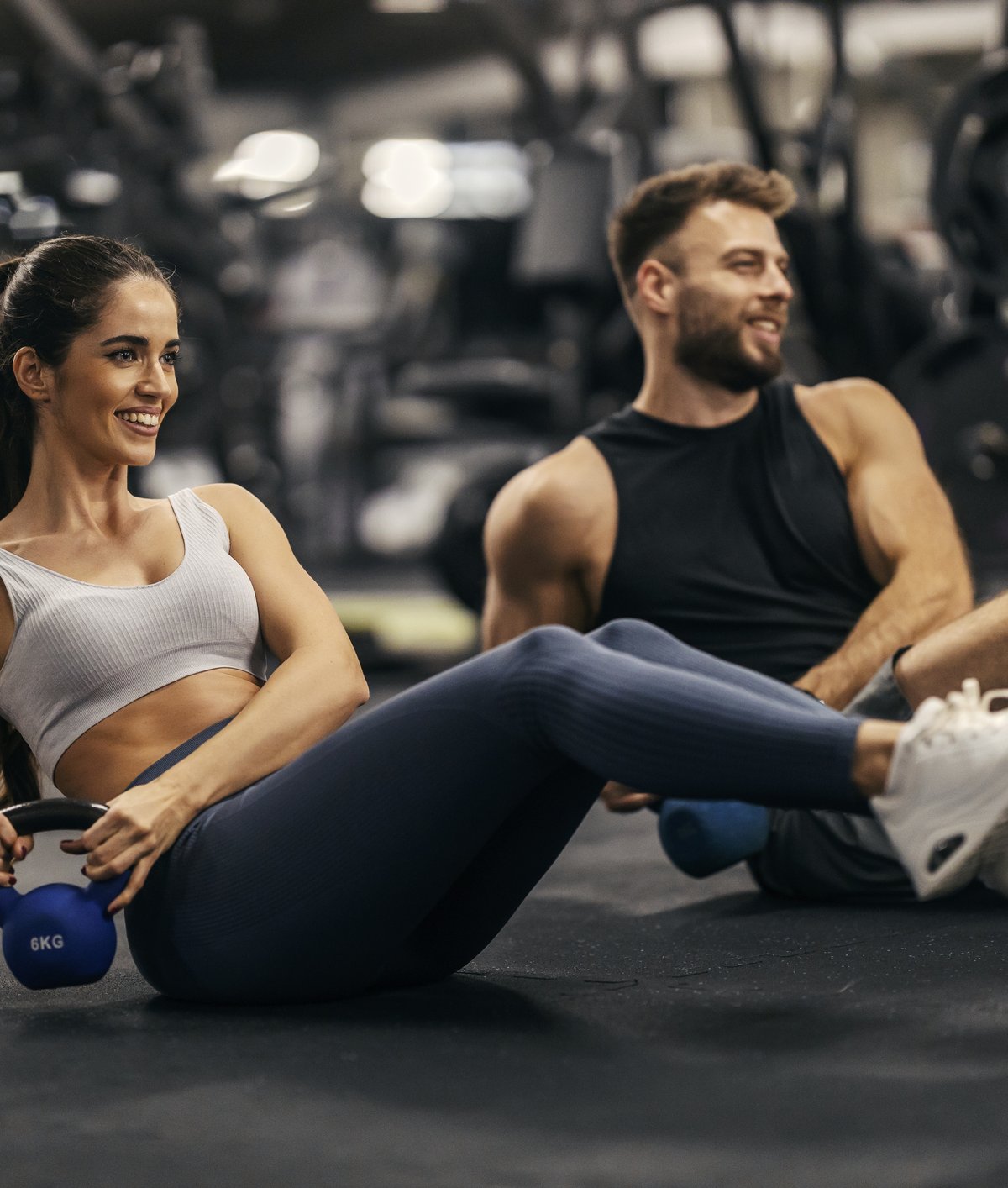This text was written by a TecMundo columnist; learn more at the end.
Have you noticed that sometimes when we are being observed, we change our behavior? This effect is known as the Hawthorne effect, and it describes why people try to do better when they are being watched.
It is also possible to observe another effect in the social context: When there is someone in the group who performs better, the individual puts more effort into a task, which characterizes the Köhler effect.
This effect has been tested to increase motivation for physical exercise, a behavior that is difficult to include in our routine.
Below you can find more information about the Köhler effect and what science has discovered about its benefits.
The Köhler Effect
This effect was discovered in 1926 by German psychologist Otto Köhler when rowers at the Berlin Rowing Club did biceps exercises. In the training, they lifted 44 kg individually, 88 kg on the same bar in pairs, and 132 kg on the biceps in trios.
In these experiments, Köhler noticed that: The weakest member of the group works harder when he is with others than when he works alone.This gain in motivation has been called the Köhler Effect, and two basic mechanisms explain this phenomenon.
Why do we try to approach the strongest?
The first mechanism is upward social comparison, basically because we don’t want to be left behind. For someone who is physically weaker, seeing others perform better may stimulate the desire to perform better in order to match their own performance with others.Q. The second is the principle of indispensability of the group, in which the weakest person understands that the efforts of each member are essential to the overall effort and result of the entire group.
What does current research say?
Although it was discovered about 100 years ago Research on the subject remained dormant for 60 years, and interest only resurfaced in the 1980s.One of the researchers who has dedicated herself to studying and testing this phenomenon is Deborah Feltz from the Department of Kinesiology at Michigan State University in the United States.
In one of their studies, 58 women who used aerobic exercise on a stationary bike were tested in three situations: coactive (biking alongside another person and exercising independently), conjunctive (placed with a person who was capable of superior performance), and individually.
Just being around someone else exercising, women already performed better than they did alone, a difference of 86% (19 minutes vs. 10 minutes.) When they were with someone in better physical shape, their performance improved even more with an average of 21 minutes of exercise, compared to just 10 minutes when they were alone.
The improvement was over 100%, but at the maximum number of experiments the effect increased by 208%. The company in these conditions was virtual, since the human image was created by software.
In another study, Feltz found that having a virtual friend around to exercise with can be better than not having one at all. In an isometric plank exercise, participants got a 24% increase in exercise time when they had the company.

When I asked Professor Deborah Feltz how we can use what we know today about the Köhler effect to provide better exercise experiences, she said: “The research is pretty consistent that there will be greater adherence to exercise if you are part of a group or have a partner, because they usually provide accountability, feedback and encouragement. Find a workout partner who is a little better or faster than you and who also encourages you, both in person and virtually (e.g. Facetime, Zoom, etc.). Set goals like keeping up with your partner or (if you are the faster/stronger partner) give your partner a head start. The key is to have someone who can challenge you to improve your efforts and also make you feel like you are on a team where you support each other.”
A valuable and scientific tip that will improve your exercise participation and performance: Make exercise a social activity!
***
Fabio Dominski He holds a PhD in Human Movement Sciences and a degree in Physical Education from the State University of Santa Catarina (UDESC). He is a university professor and researcher at the Laboratory of Sport and Exercise Psychology (LAPE/UDESC). He does scientific dissemination on social media there podcast available on SpotifyAuthor of Physical Exercise and Science – Facts and Myths.
Source: Tec Mundo
I’m Blaine Morgan, an experienced journalist and writer with over 8 years of experience in the tech industry. My expertise lies in writing about technology news and trends, covering everything from cutting-edge gadgets to emerging software developments. I’ve written for several leading publications including Gadget Onus where I am an author.













